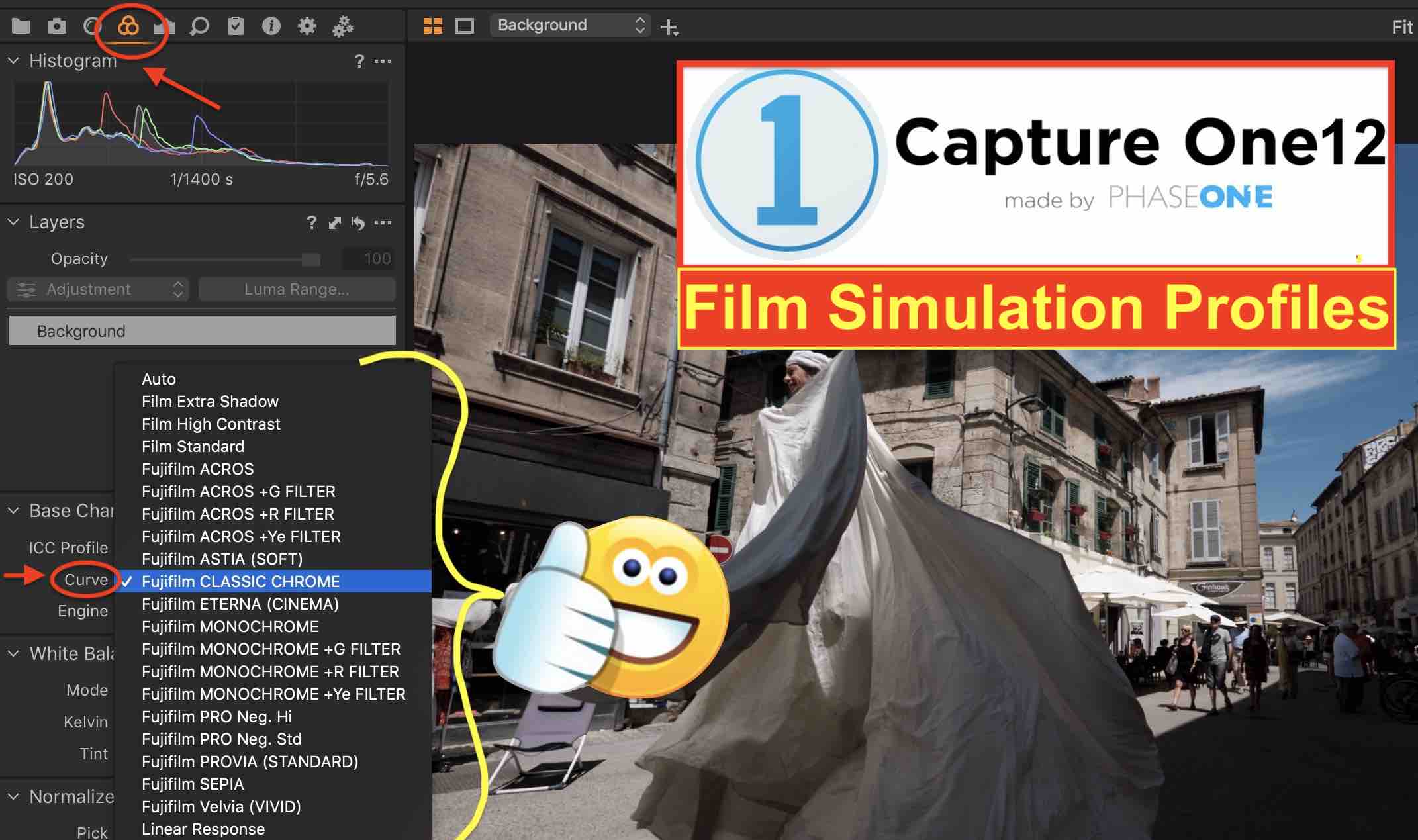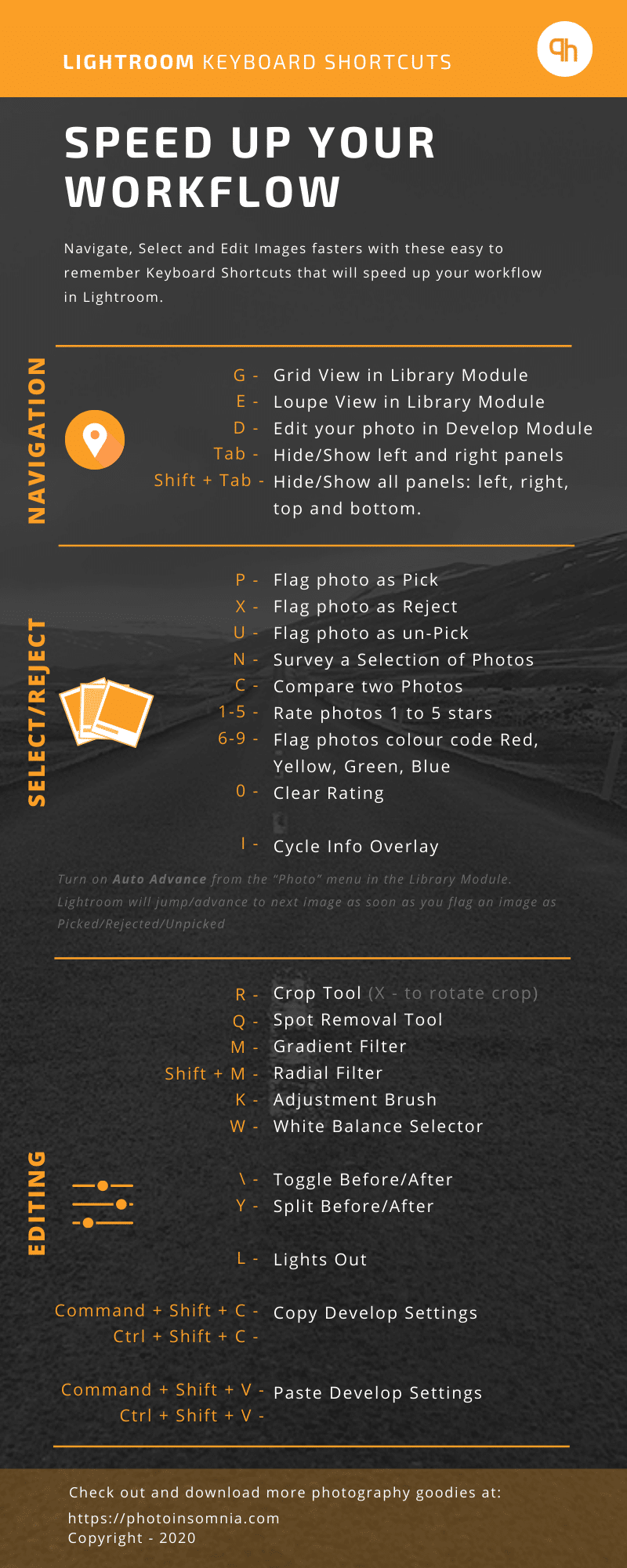It’s “OK.” The frame rate of what you see in that live view window is a lot slower than I was expecting (check out the video below as see if you agree), and while the folks who have been waiting forever for this feature will probably be fine with it, it’s not a big advantage for what I shoot, and I think the slow frame rate would get on my nerves, so I’ll be skipping it for now, but I would expect that it’ll get faster in a future update (that’s no inside intel — I just think they’ll get some feedback on this).
Web scraping is the technique to extract data from a website. The module BeautifulSoup is designed for web scraping. The BeautifulSoup module can handle HTML and XML. It provides simple method for searching, navigating and modifying the parse tree. Beautiful Soup is a pure Python library for extracting structured data from a website. It allows you to parse data from HTML and XML files. It acts as a helper module and interacts with HTML in a similar and better way as to how you would interact with a web page using other available developer tools. For all sort of methods used during any analysis, the complex it can be, they have data as common ingredient. On this post I will introduce a simplistic approach for web-scraping tasks, BeautifulSoup. Steps from this reading. When you add the two highlighted lines of code, you’re creating a Beautiful Soup object that takes the HTML content you scraped earlier as its input. When you instantiate the object, you also instruct Beautiful Soup to use the appropriate parser. Find Elements by ID. In an HTML web page, every element can have an id attribute assigned. Beautifulsoup web scraping library.

Capture One and Lightroom have a few key differences in terms of features. Capture One’s most delicate features are its color-correcting functions, which exceed the scope of Lightroom’s capabilities. Similarly, sharpening functions also have a greater span than the competition. Capture One vs Lightroom is a topic that is becoming increasingly loaded lately. As capture One has gained more and more popularity, some Lightroom users have been pushing back, and the arguments between the more ardent of fans have been getting worse and worse lately.
Data Visualization - RStudio. R studio cheat sheet ggplot. X = aesthetic ). %% ## A ↵ ↵. Cheat Sheet RStudio® is a trademark of RStudio, Inc. CC BY RStudio. info@rstudio.com. 844-448-1212. rstudio.com Learn more at docs.ggplot2.org. ggplot2 0.9.3.1. Updated: 3/15 Geoms- Use a geom to represent data points, use the geom’s aesthetic properties to represent variables. Ggplot(data = mpg, aes(x = cty, y = hwy)) Begins a plot that you finish by adding layers to. Add one geom function per layer. Qplot(x = cty, y = hwy, data = mpg, geom = “point') Creates a complete plot with given data, geom, and mappings. Df must be a dataframe that contains all information to make the ggplot. Plot will show up only after adding the geom layers. The whole list of colors are displayed at your R console in the color function. Here are few of my suggestions for nice looking colors and backgrounds: steelblue (points and lines).
NOTE: There’s no audio — this is just to see the frame rate example.
Now that you’ve seen it — am I being too picky on the frame rate thing? Let me know in the comments below.
Update on Monday’s Post about the Sony Tethering Plug-in (and why Nikon Users Might Want To Use It)
Well, it appears the folks at Tethertools got wind of my post on Monday (since they contacted me), but luckily they only had one thing they wanted to address — my comment on why a Nikon user would want to use their Smart Shooter 4 plug-in, since Nikon’s have been able to tether straight into Lightroom for like 11 years.
Here’s the line from their Website that had me scratching my head:
“The end results are a fast, stable tethering connection with SONY users and added features for Nikon users – seamlessly integrated with Adobe Lightroom Classic.”
Well, they told me what it is that Nikon users would love, and I have to admit, I think they’re right (just based on how many Nikon users have complained about this Lightroom tethering feature that Canon shooters get they Nikon users don’t.
The mystery is solved!
What Nikon users get with this plug-in is the ability to simultaneously write to their camera’s memory card, and the computer they’re tethering with. Something they’ve never been able to do in Lightroom (but Canon shooters have been able to do from the start). So, that’s the advantage (and why they point it out on their site). You can download a free trial version from their Website.




Thanks to Jessica at Tethertools for reaching out and letting me in on the secret (it’s not really a secret, but that sounds a look more interesting to call it that). 😉
Here’s wishing you a safe, happy, fun weekend. 🙂
-Scott
P.S. The Flash Conference (featuring Joe McNally) is coming next month. Hundreds of photographers have already signed up — don’t miss out on this live, two-day, two track event. Here’s the link for more details and tickets.
Lightroom Vs Capture One Fujifilm
How To Do “Cinematic Style” Cropping in ..
Which Prints Best Capture One Or Lightroom
Related Posts
